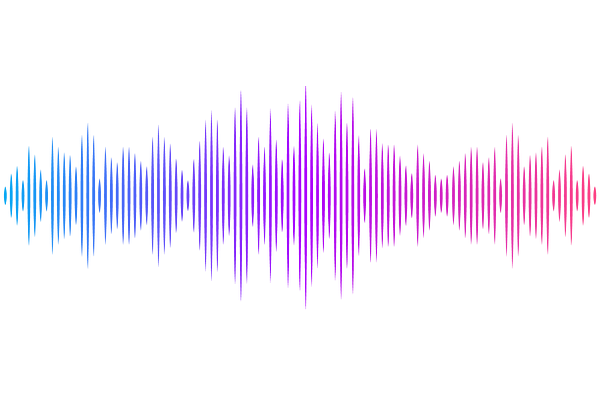Deficiencies in the Fanconi Anemia or the Homologous Recombination Pathway enhance the antitumor effects of the novel hypoxia-activated prodrug CP-506

Deficiencies in the Fanconi Anemia or the Homologous Recombination Pathway enhance the antitumor effects of the novel hypoxia-activated prodrug CP-506
Schuitmaker, L.; van der Wiel, A. M. A.; Lieuwes, N. G.; Biemans, R.; Mutsters, N. A. M.; Jung, J.; Claudino Bastos, V.; Prades Sagarra, E.; Kuang, S.; Langie, S. A. S.; Setton, J.; Theys, J.; Yaromina, A.; Dubois, L. J.; Lambin, P.
AbstractThe novel hypoxia-activated prodrug CP-506 has been shown to selectively target hypoxic tumor cells, which are associated with disease progression and resistance to conventional anti-cancer therapies. Given the alkylating effector metabolites, we hypothesize that defects in interstrand crosslink (ICL) and double strand break (DSB) DNA repair may serve as a predictive biomarker of sensitivity to CP-506. Here, we evaluated the role of DNA damage repair pathways in the antitumor response to CP-506. Isogenic cancer cell lines proficient or deficient in the Fanconi Anemia (FA), homologous recombination (HR), or non-homologous end joining (NHEJ) pathway were cultured as 2D monolayers and 3D spheroids. Cell viability, clonogenic cell survival, and spheroid growth inhibition were assessed following CP-506 exposure. Mice bearing subcutaneous isogenic xenografts received CP-506 (600 mg/kg; QD5) or vehicle treatment upon reaching a tumor starting volume (SV) of 244.9 {+/-} 72.0 mm3. Treatment response was quantified as time to reach 4xSV (T4xSV) and respective enhancement ratios (ER), defined as T4xSVCP-506/T4xSVvehicle. DNA damage and repair capacity were evaluated by {gamma}H2AX and alkaline comet assays. In vitro, cell lines deficient in FA or HR, but not NHEJ, showed enhanced sensitivity to CP-506 compared to parental cells in viability and clonogenic assays. This was confirmed in spheroid growth inhibition studies. In vivo, the antitumor response to CP-506 was more pronounced (P<0.0001) in LNCaP AR FANCA-/- (ER 4.0{+/-} 1.1) and LNCaP AR FANCD2-/- (ER 3.4{+/-} 0.8) xenografts compared to parental LNCaP AR (ER 1.5{+/-} 0.5) xenografts. CP-506 treatment of DLD-1 BRCA2-/- (2.9{+/-} 0.7; P<0.0001) xenografts resulted in significantly enhanced ER compared to parental (1.3{+/-} 0.2) xenografts. Similar results were obtained in HCT116 BRCA2-/- (ER 4.0{+/-} 0.6; P<0.0001) versus parental (ER 1.7{+/-} 0.6) xenografts. In contrast, the ER of HCT116 DNA-PKcs-/- (1.4{+/-} 0.3; P=0.18) xenografts was not different from HCT116 parental xenografts. Under anoxic conditions, CP-506 caused elevated {gamma}H2AX foci counts in FANCA- (2.0-fold increase at 48 hours) and FANCD2-deficient cells (1.4-fold increase at 72 hours) compared to LNCaP AR parental cells (P<0.0001). Similarly, {gamma}H2AX expression was increased in DLD-1 BRCA2-/- cells, but not in HCT116 BRCA2-/- cells, compared to their respective parental cells. In xenografts, FA- and HR-deficiency caused elevated {gamma}H2AX expression compared to respective parental tumors (1.6-9.3-fold increase). HCT116 DNA-PKcs-/- cells and xenografts displayed reduced {gamma}H2AX expression compared to their parental counterpart, with an 0.5-fold reduction. The comet assay confirmed CP-506-induced ICLs and DNA strand breaks but was unable to explain the differential therapeutic responses of CP-506 among isogenic tumor cells. Deficiencies within FA or HR, but not NHEJ, enhanced the antitumor effects of CP-506 through a mechanism consistent with the concept of synthetic lethality. Therefore, both DNA repair status and the presence of tumor hypoxia represent key biomarkers for patient stratification in clinical trials of CP-506.